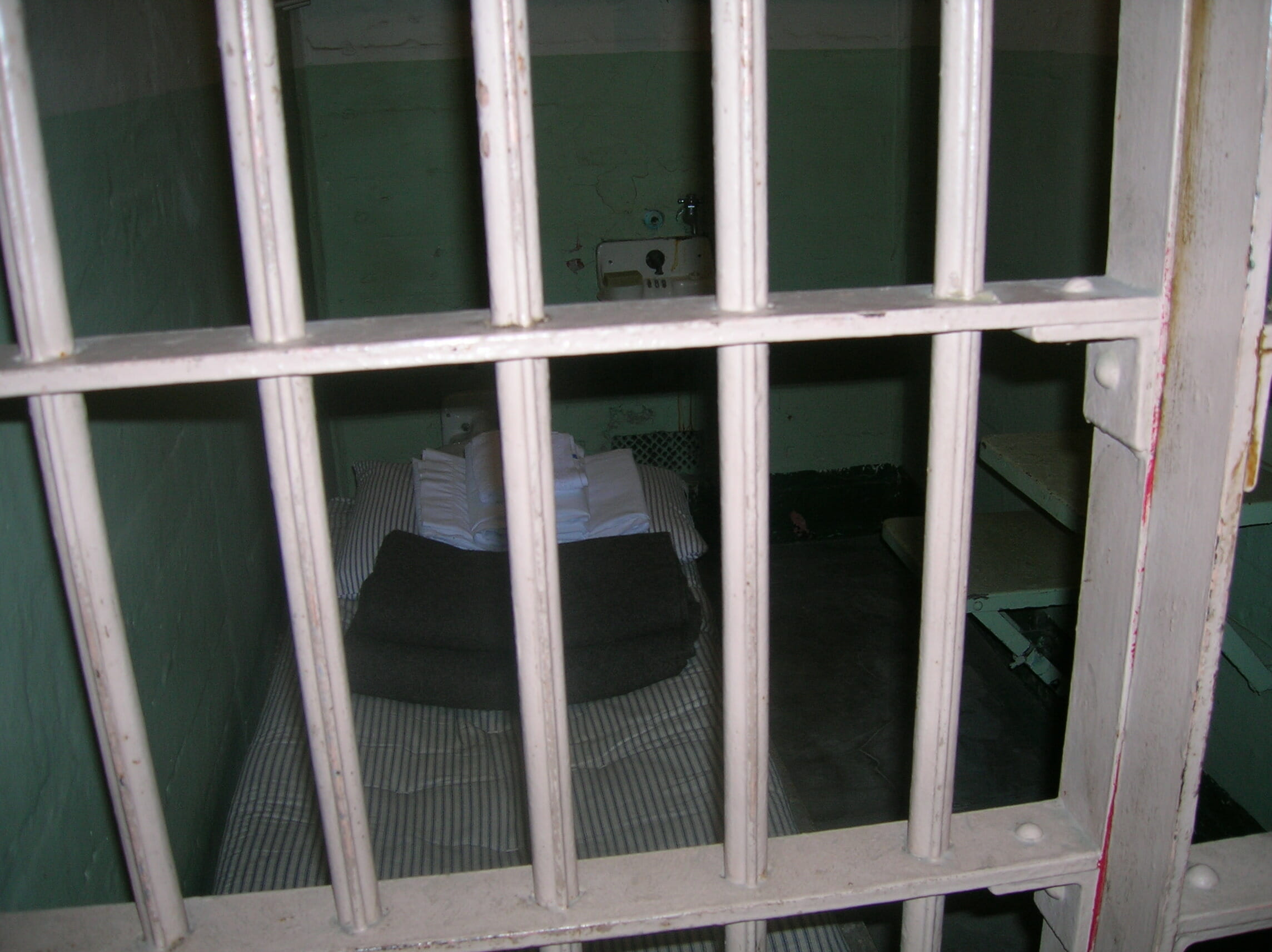John Adams was right: Facts are stubborn things

By Len Engel
In recent years, Nevada has staked a name for itself with record-setting job creation, a bustling manufacturing industry and a steadily climbing population. Yet Nevada is also taking part in a far less enviable trend. While states across the country worked to safely reduce the size of their prison populations, Nevada chose a different path.
Between 2009 and 2017, Nevada’s prison population grew 7 percent, and the number of women in prison grew 29 percent. Though some claim the state’s population growth is responsible for these increases, the data shows otherwise. The rate that Nevada’s prison population has grown far surpasses that at which its overall population has grown. Moreover, states such as Texas and Florida, have experienced comparable population growth, yet their prison populations have decreased during the period in which Nevada’s has grown. Unable to accommodate the growth in overcrowded state facilities, Nevada now pays a private prison in Arizona to house several hundred inmates. There will be more of these private contracts and more building of prisons if there is no shift in thinking about prison not being the best option for all offenders.
Others explain the growth as a reflection of increases in violent crime and the need to lock more people up. However, the incarceration trends depict a very different scenario. In 2017, two out of every three people admitted to prison were sentenced for nonviolent offenses such as drug and property offenses. For women, that number rises to nearly 80 percent. Four out of ten of these individuals had no prior felony record. And the impact of limited behavioral health services has caused Nevada’s prisons to become the default home for thousands of individuals struggling with mental health needs and substance use disorders. In 2017, 52 percent of women admitted to prison in Nevada had a mental health diagnosis, and 72 percent of individuals on parole or probation self-reported a substance use disorder, mental health need, or both.
Irrespective of the rationale for prison population growth, one point is clear - the state is not any safer because of it. Recidivism rates remain poor, with rates for females, which are typically lower, increasing to match that of males. Admissions to prison are driven by individuals who have failed probation and parole. And individuals are returning to their communities without the tools they need to successfully reenter their communities.
As Nevada’s legislative session approaches its final month, legislators have the opportunity to strike a different path. Skeptics of criminal justice reform have suggested that a growing state like Nevada will inevitably face a growing prison population. But this is a policy choice, not an inevitability. States across the country have distanced themselves from outdated “tough on crime” impulses and turned to research and data to inform policy, safely reducing their prison populations while continuing to welcome a growing population at home.
As legislators work their way through the legislative session they can take comfort in the fact that smart on crime policies have been embraced by both parties as well as stakeholders across the criminal justice spectrum. Organizations as ideologically different as the American Conservative Union, Right on Crime and the ACLU are all in agreement that improving public safety means shifting resources from reducing the unnecessary use of incarceration to improved services and treatment for people suffering from addiction and mental illness. Last year, Governor Sandoval and state leaders applied for a federal grant to fund the technical assistance necessary to conduct this wide-reaching analysis. The primary component of this process is an analysis of Nevada’s data to understand what is driving Nevada’s prison population growth and identify opportunities for the state to use its resources most effectively. Comprised of representatives from across the justice system, including prosecutors, judges, defense attorneys and law enforcement, the Advisory Commission on the Administration of Justice (ACAJ) reviewed hundreds of slides and sat through over a dozen hours of analysis of the state’s criminal justice data. This includes data from the prisons, courts, parole and probation, parole board, as well as over 100 interviews with individuals who work in the system ranging from line officers to judges. The ACAJ responded to this information by developing policies targeted at the data trends identifying Nevada’s specific challenges. While not every member of the ACAJ supported every policy, every member agreed that the issues facing Nevada’s prison system were urgent and that inaction was not an option.
Nevada is at a crossroads, similar to what many states have faced the past few years. The state can use research and data to develop policies and practices that improve public safety, or it can stay the course and continue to funnel taxpayer resources into a failing system. The ACAJ recommendations, backed by Nevada data, focus on treatment, not incarceration, as a response to individuals with behavioral health needs. It is these facts that have outlined an important new path for Nevada. Facts are too stubborn to ignore.
Len Engel is the Director of Policy and Campaigns at the Crime and Justice Institute.
